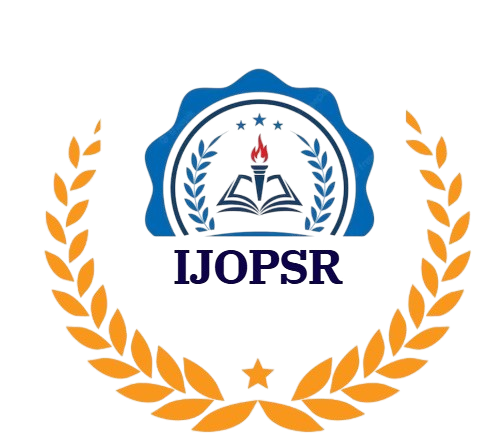Publication Ethics
Publication Ethics and Policies
Publication Ethics promotes and encourages developing high-quality scientific content during the publication process. Graphy Publications endorses COPE and ICMJE guidelines to handle submitted manuscripts in cases suspected of any duplication or substantial overlap.
All articles published under Graphy Publications follow a standard editorial process to maintain high-quality scientific content in all Graphy journals. The editorial process involves strict measures to prevent plagiarism, redundancy of manuscripts, multiple submissions, and fabrication or falsification of data.
Plagiarism
Authors should develop their own content when preparing manuscripts for publication and avoid plagiarizing others’ work without proper citation. Manuscripts found to have been plagiarized from other authors' manuscripts, whether published or unpublished, will be treated as plagiarism.
Duplicate Submission
Authors must not submit the same manuscript simultaneously to multiple journals for peer review. Manuscripts that are found to have been published elsewhere or are under review elsewhere will be considered duplicate submissions.
Duplicate Publication
Duplicate publication involves publishing a paper that substantially shares the same hypotheses, data, discussion, and conclusions with a previously published work, without clear reference to the prior publication.
Redundant Publication
Redundant publication is the publication of a paper that overlaps significantly with content already reported in a published article or included in another paper submitted or accepted elsewhere.
Data Fabrication or Falsification
Data fabrication involves making up data or results and reporting them without conducting the study. Falsification includes manipulating research materials, equipment, processes, or data by selectively omitting or suppressing conflicting information without valid scientific justification.
Improper Authorship/Contributorship
Authorship credits should be given to individuals who make substantial contributions to conception and design, data acquisition, analysis, interpretation, drafting, or revising the manuscript critically. Contributors not meeting authorship criteria should be acknowledged as contributors.
Citation Manipulation
Citation manipulation involves including excessive citations that do not contribute to the article’s scholarly content and are solely intended to increase citations for a particular author or journal.
Note:
If any article in Graphy journals is found to violate the policies above during the publication process, the following actions will be taken:
- Rejection of the infringing manuscript.
- Rejection of every other manuscript submitted to any Graphy journals.
- Prohibition (minimum of 3 years) for submitting any new manuscript by all authors.
- Prohibition (minimum of 3 years) against all authors serving on the editorial board.
